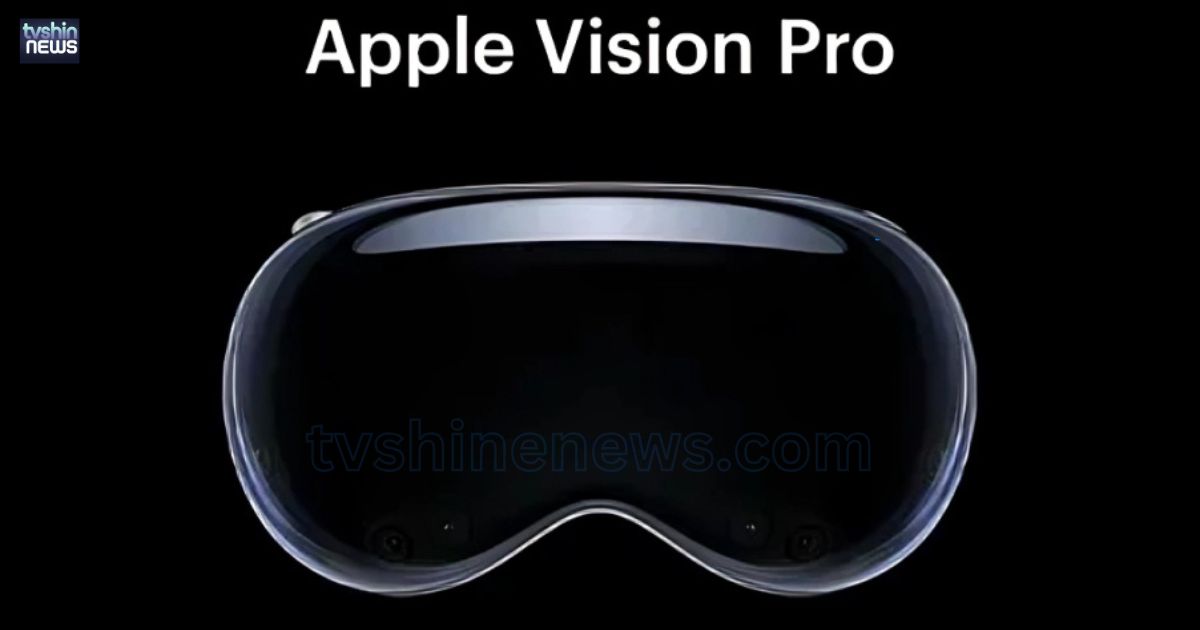In a groundbreaking analysis revealed through Wccftech, renowned Apple analyst Ming-Chi Kuo has shared compelling insights about the Apple Vision Pro, marking a pivotal moment in spatial computing and immersive technology evolution.
This comprehensive examination delves into the transformative potential of Apple’s latest innovation, exploring its technical prowess, market implications, and future trajectory in the realm of AR and VR technology.
Quick Info
| Aspect | Details |
| Title | Kuo Apple Vision February Insights Explained |
| Subject | Apple’s Vision Pro AR/VR device and its potential impact on the tech industry. |
| Key Analysts/Contributors | Ming-Chi Kuo (Analyst), Wccftech (Tech Publication). |
| Technology Overview | Combines AR/VR capabilities with advanced 4K displays, spatial audio, and cutting-edge R1 and M2 chip architectures for seamless performance. |
| Target Audience | Developers, professionals, tech enthusiasts, and early adopters. |
| Release Information | Expected release: February 2024; Initial production: 80,000 units; Market: United States; Price: $3,500. |
| Notable Features | – Dual-chip system (M2 + R1).- Lag-free sensor input (12ms latency).- Intuitive interaction via eye, voice, and hand gestures.- Ergonomic design for comfort. |
| Market Positioning | Premium device targeting professional and high-performance users; aims to outperform Meta’s Quest series with superior build and functionality. |
| Potential Applications | – Professional workflows (design, architecture).- Immersive entertainment (gaming, theater-like experiences). |
| Challenges | Battery life, need for robust app ecosystem, and addressing ethical considerations (data privacy, user trust). |
| Industry Impact | Potential to disrupt AR/VR markets, stimulate innovation, and drive new industry standards in spatial computing. |
| Ethical Considerations | Emphasis on data privacy and user consent; addresses concerns over eye-tracking and gesture recognition technologies. |
| Future Prospects | Gateway to accessible AR/VR consumer devices; paving the way for innovations in spatial computing. |
Setting New Standards in AR and VR with Vision Pro
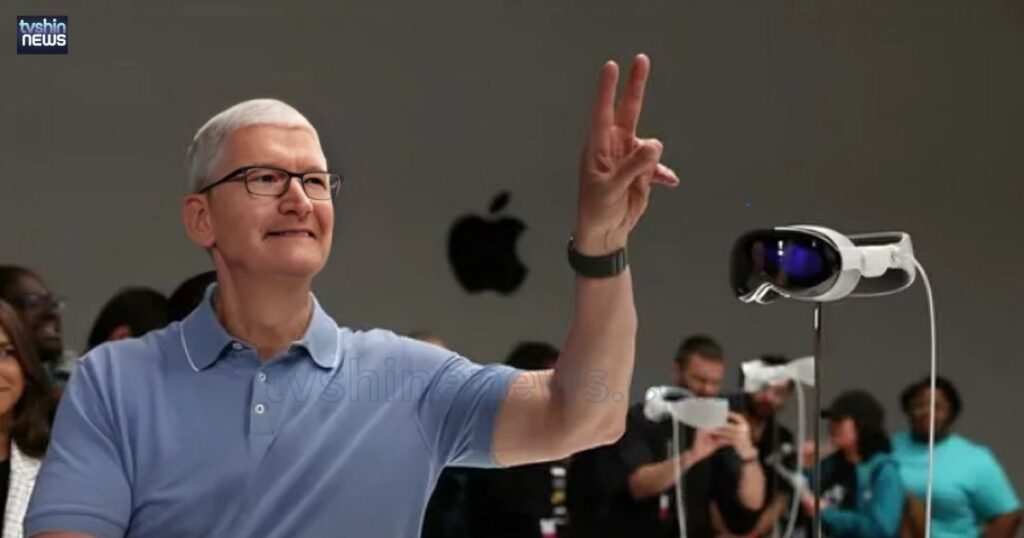
The Apple Vision Pro represents a quantum leap in augmented and virtual reality integration, establishing unprecedented benchmarks in the industry.
At its core, the device leverages sophisticated eye-tracking technology and gesture recognition privacy systems, creating an intuitive interface that seamlessly bridges the physical and digital realms.
The integration of voice commands and hand gestures introduces a natural interaction paradigm that transcends traditional computing boundaries.
The device’s ergonomic design demonstrates Apple’s commitment to user comfort, despite housing advanced components including the revolutionary M2 chip and R1 chip architecture.
The implementation of spatial audio and crystal-clear 4K displays creates an immersive environment that maintains connection with physical surroundings while enabling deep digital engagement.
Technical Features and Components
The technical architecture of Vision Pro showcases Apple’s mastery in advanced chip architecture. The synergy between the M2 and R1 chips enables processing of immense data streams with minimal digital overlays latency. Here’s a detailed breakdown of key components:
| Component | Specification | Impact |
| Display | Micro-OLED 4K | Ultra-sharp visual fidelity |
| Audio | Spatial Audio | 3D soundscape immersion |
| Processors | M2 + R1 chips | Seamless performance |
| Tracking | Advanced sensors | Precise interaction |
| Battery | External pack | Extended usage time |
The implementation of transparent user controls ensures intuitive navigation while maintaining user privacy.
The system’s workflow methodologies have been optimized for professional applications, enabling seamless integration with existing Apple ecosystems.
Market Release and February Anticipation
The anticipated February release of Vision Pro has generated substantial market buzz, particularly regarding its positioning as a premium AR/VR solution.
At a $3,500 price point, Apple targets discerning professionals and technology enthusiasts who value cutting-edge innovation.
The strategic timing aligns with global market trends and positions Apple to capture significant market share in the immersive computing innovation sector.
Application Potential: From Work to Entertainment
The Vision Pro’s versatility spans numerous sectors, revolutionizing both professional and entertainment applications. In architectural visualization, professionals can manipulate 3D models in real-time, while medical simulation applications provide unprecedented training opportunities.
The device’s capability for remote collaboration transforms traditional workplace dynamics, enabling immersive virtual meetings and collaborative design sessions.
The gaming sector particularly benefits from next-gen gaming experiences, with developers leveraging the platform’s capabilities to create unprecedented interactive environments.
The integration of user interaction data enables personalized experiences while maintaining strict privacy protocols.
Competitive Edge: Apple’s Vision Pro vs. Meta
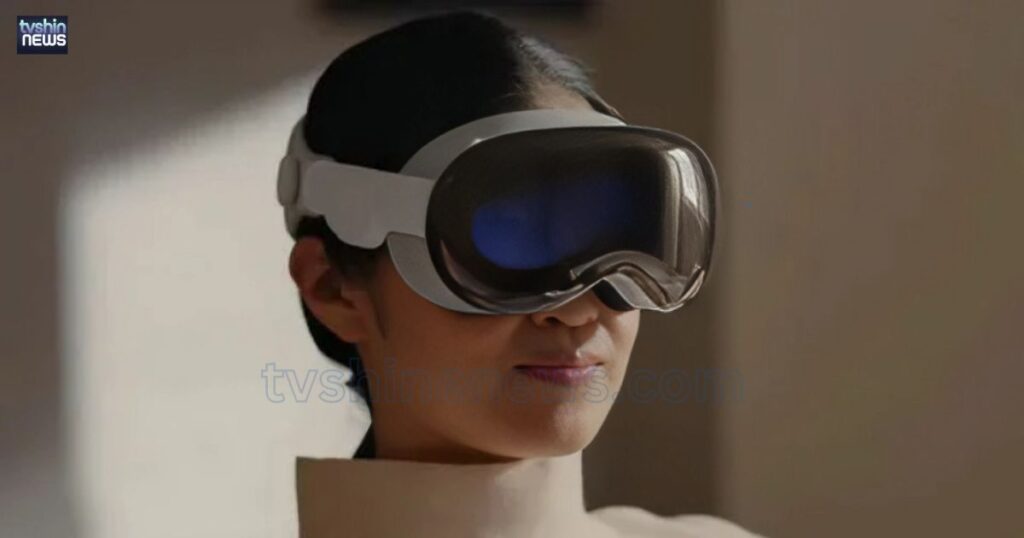
In comparison to the Meta Quest and other competitors, Vision Pro distinguishes itself through superior technological benchmarks and ecosystem integration.
The device’s premium positioning reflects its advanced capabilities and target market focus. The robust app ecosystem provides a foundation for diverse applications, from professional tools to entertainment experiences.
Overcoming Challenges
Despite its innovations, Vision Pro faces several challenges. The implementation of digital privacy frameworks addresses concerns about data collection and usage.
The device’s premium pricing may initially limit mass adoption, though this aligns with Apple’s historical product introduction strategy. The management of eye-tracking technology ethics remains a crucial consideration in development and deployment.
Global Market Disruption Potential
The economic impact of AR/VR technology, particularly Vision Pro’s introduction, suggests significant market transformation potential.
Industry analysts project substantial growth in the spatial computing sector, with Vision Pro potentially catalyzing widespread adoption of immersive technologies.
The device’s influence extends beyond consumer applications to reshape enterprise computing paradigms.
Ethical and Privacy Considerations in Spatial Computing
Apple’s approach to privacy emphasizes transparent user controls and secure data handling. The implementation of robust privacy frameworks addresses concerns about gesture recognition privacy and data collection.
The company’s commitment to user privacy sets new standards for the industry while enabling powerful functionality.
The Future of Apple’s Vision Pro
Looking ahead, Vision Pro’s trajectory suggests continued innovation in interactive environments and professional applications.
The platform’s potential for expansion into new use cases and industries indicates significant growth opportunities.
The evolution of spatial computing, led by Vision Pro, points toward a future where digital and physical realities seamlessly converge.
Enterprise Integration and Workflow Transformation
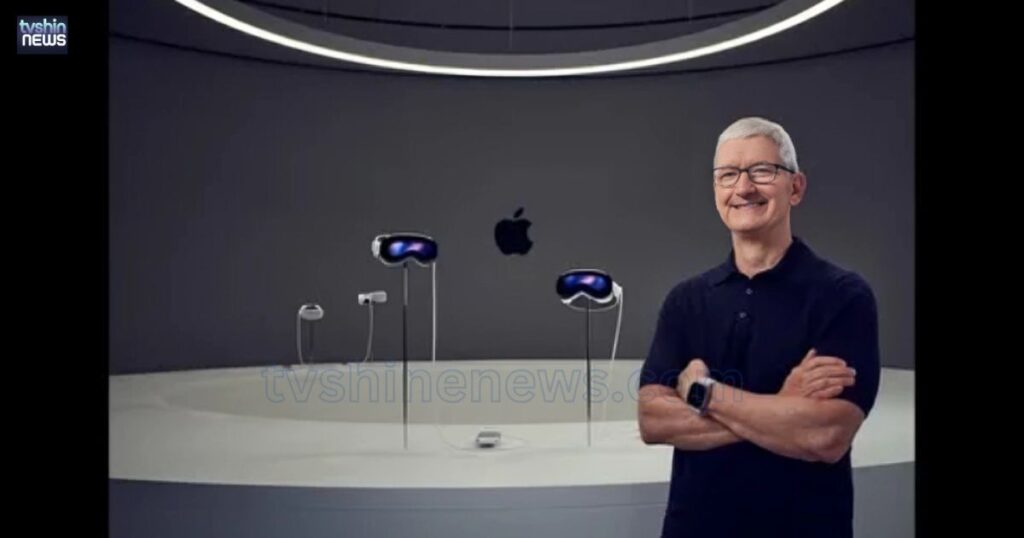
The Vision Pro’s integration into enterprise environments marks a significant shift in workflow methodologies.
Organizations are discovering innovative ways to leverage spatial computing for enhanced productivity. Major corporations have already begun developing custom applications that utilize the device’s advanced chip architecture for data visualization and team collaboration.
The seamless integration with existing Apple enterprise solutions provides a robust foundation for digital transformation initiatives.
Developer Ecosystem and Innovation Pipeline
Apple’s commitment to fostering a vibrant developer community ensures continuous innovation in the Vision Pro ecosystem.
The development framework, incorporating apple pkl swift kotlinblog and apple pkl java kotlinblog capabilities, enables creators to build sophisticated applications that fully utilize the hardware’s potential.
The platform’s architecture supports both native and cross-platform development, expanding the possibility for groundbreaking applications across industries.
Healthcare and Medical Applications
In the medical sector, Vision Pro’s impact extends beyond basic medical simulation. Healthcare providers are exploring applications ranging from surgical planning to patient education.
The device’s precise eye-tracking and spatial awareness capabilities enable unprecedented accuracy in medical visualization.
This technology breakthrough particularly benefits complex surgical procedures and medical training programs, where precision and detail are paramount.
Educational Revolution and Learning Environments
The educational sector stands to experience profound transformation through Vision Pro’s capabilities. The device creates immersive learning environments that transcend traditional classroom boundaries. Through sophisticated interactive environments, students can engage with complex concepts in three-dimensional space.
This advancement in educational technology particularly benefits fields such as molecular biology, engineering, and architectural studies, where spatial understanding is crucial.
Sustainability and Environmental Impact
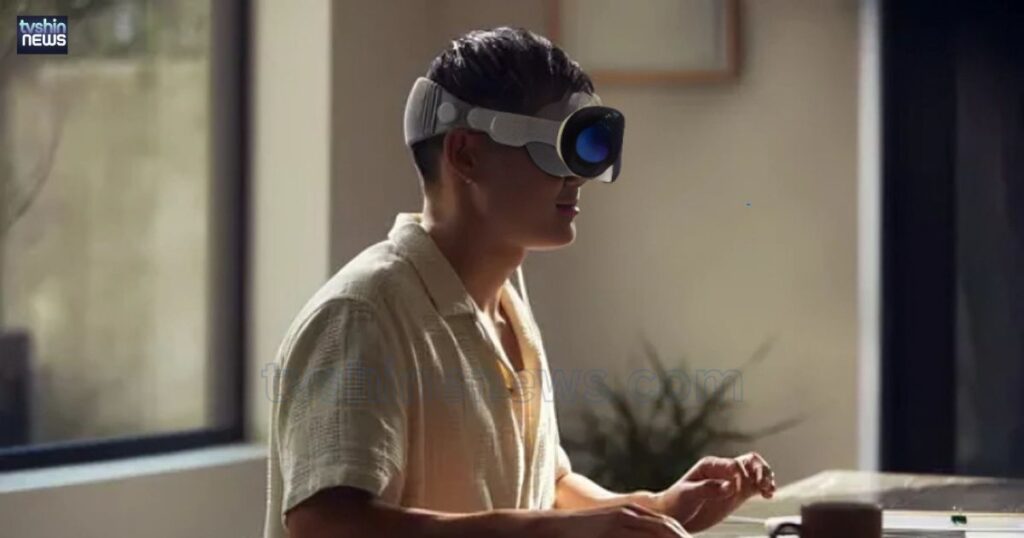
Apple’s approach to Vision Pro’s environmental impact reflects their commitment to sustainability. The device’s manufacturing process incorporates recycled materials and energy-efficient practices.
The potential for reducing physical travel through remote collaboration capabilities presents significant environmental benefits. Apple’s focus on sustainable technology development sets new technological benchmarks for the industry.
Frequently Asked Questions
Does Vision Pro require an iPhone to function?
While Vision Pro works independently, an iPhone enhances its functionality and ecosystem integration.
What is the device’s battery life?
Vision Pro offers approximately 2 hours of general use on a single charge.
Can Vision Pro be used with prescription glasses?
Yes, Apple offers custom optical inserts for prescription lens wearers.
Is internet connectivity required for all features?
Basic functions work offline, but full functionality requires internet connection.
How does Vision Pro handle multitasking?
The device supports multiple virtual windows and simultaneous applications in spatial computing.
Are third-party accessories available?
Apple has certified partners developing compatible accessories and enhancements.
What storage options are available?
Vision Pro comes with various storage configurations starting at 256GB.
Is the device compatible with existing Apple services?
Yes, it integrates seamlessly with Apple TV+, iCloud, and other Apple services.
How does the device handle privacy in shared spaces?
EyeSight feature displays user status and maintains privacy through sophisticated digital privacy frameworks.
What kind of warranty and support does Apple offer?
Apple provides standard one-year warranty with optional AppleCare+ coverage for extended protection.
Final Words
The introduction of Apple Vision Pro marks a significant milestone in spatial computing evolution.
Its sophisticated integration of augmented and virtual reality technologies, coupled with robust privacy frameworks and powerful applications, positions it as a transformative force in computing.
As the February launch approaches, the device’s potential to reshape professional workflows, entertainment experiences, and digital interaction paradigms becomes increasingly apparent.
The convergence of immersive computing innovation with practical applications suggests a future where spatial computing becomes integral to daily life. Vision Pro’s introduction represents not just a new product launch, but the beginning of a new era in human-computer interaction.
